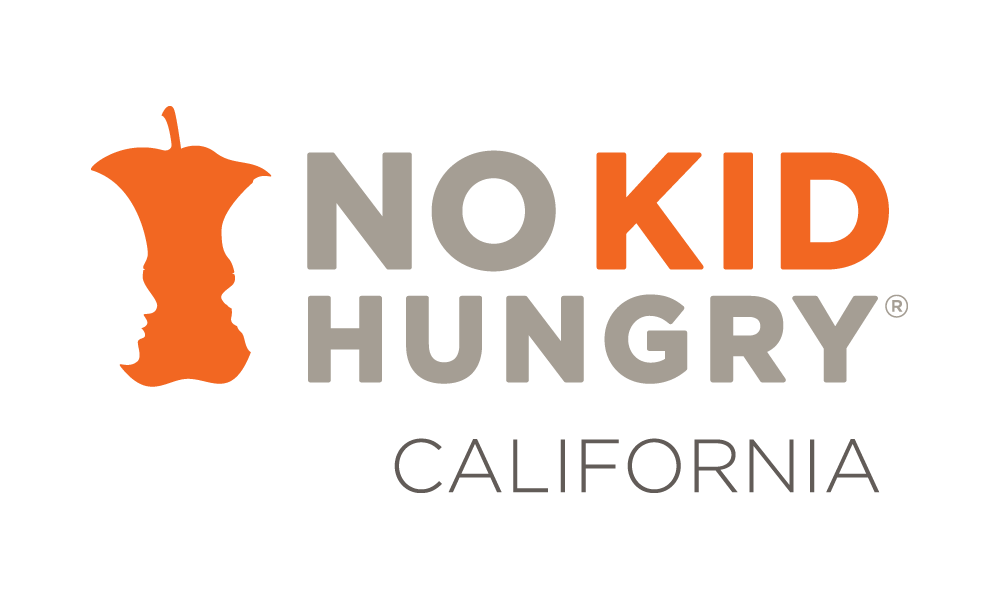“This was our first time rolling out this type of program, so the whole operation was not an easy feat. The amount of work and care that went into planning and then the execution, despite the challenges, the team pulled it off. I am incredibly proud of them.” – Allison England, director of nutrition services
Summer is the hungriest time of the year for millions of children who rely on school meals.
According to the latest U.S. Census data, 10 million children live in poverty, with the child poverty rate increasing to 13.7% in 2023 from 5.2% in 2021. This mirrors the latest figures from the USDA’s annual report on Household Food Security, which showed a similar uptick in child hunger. Nearly 14 million children, or 1 in 5, face food insecurity.
Thanks to years of advocacy efforts, Congress expanded a summer-long grocery benefit for kids, known as SUN Bucks in California. They also approved meal delivery options in rural areas, improving access to summer meals.
This summer, No Kid Hungry collaborated with school districts and community organizations across the U.S. to help close the hunger gap. With your support, we convened over 400 state and federal officials, community leaders and parents to share ideas and work together on ways to feed kids this summer. We also provided grants and technical support to schools and community organizations in California, which helped them purchase critical equipment, as well as hire and retain staff to run pick-up and meal delivery programs in rural areas.
The nutrition services team from Ocean View School District (OVSD) in Ventura County is a shining example of what you’ve helped us achieve.
No Kid Hungry California’s Senior Program Manager, Jonelle Williams-Pagan, sat down with OVSD’s Nutrition Services Director Allison England, Nutrition Services Manager Patience Boulais, and Nutrition Services Secretary Elizabeth Body to reflect on the summer program.

In an agriculturally productive area, with Oxnard being world known as California’s largest strawberry producer, access to healthy food remains a consistent barrier for many kids and families.
This summer, OVSD’s meals program was twofold: implementing the traditional feeding program and the new feeding program in rural areas.
Before the policy change to feed kids in rural areas – when kids had to eat meals on site – the previous barriers made it difficult to serve meals to many kids who needed them.
“We have about 2,100 students in our district,” Body stated. Our summer school enrollment is only about 150 kids, and we were only getting 10 walk-ins. We were missing 95% of our population in that summer meals program.” Body added, “When this opportunity came, we knew we would be able to reach a larger percentage of our community, and not just provide lunches – we could provide meals that can stretch out for a whole week.”
The district covers an area of 80 square miles. In order for the team to reach kids in rural parts of the district, they surveyed families and identified six pick-up locations that provided the best access in areas with the most need for meals delivery services.
Within two weeks of operating the new rural summer meals program, the nutrition services team served 12,000 meals. “Each week, our team would pack 600 boxes of food with five days’ worth of breakfast and lunch,” England said. “These boxes included recipe cards, pasta, bread, rice, cereal, whole fruits, milk, juice, protein, and more. We also included individually wrapped frozen meals that were easy to warm up in the morning or when mom and dad were at work. We wanted to make this as easy as possible for families.”
Being on the ground and delivering to the pick-up sites, there was so much excitement and joy. Boulais shared, “We were intentional about how we packed the boxes to highlight not only the abundance but the spectrum of colors. It was engaging for kids, and families were very grateful.”
When asked if they would sponsor the program again for next summer, the nutrition services staff said that with some changes to the planning process and logistics, OVSD would certainly sponsor the program again.
“We know it is a good program to have because it supports our neighbors,” shared England. “When children are fed, this benefits everyone in the district and in our community. And from a director’s perspective and a business decision, this was a great program for us to run because it was profitable. We cultivated strong relationships with local businesses and farmers and kept our staff employed over the summer.”
As Williams-Pagan described, “What we appreciated most about partnering with Ocean View is their thoughtful, organized, and engaged approach to creating and executing the new rural summer meals program. They not only supported their students but also involved local businesses as vendors for their bulk boxes, fostering community engagement.”
No Kid Hungry will be here to support them every step of the way. We invite you to join No Kid Hungry in helping partners like the Ocean View School District.
Ways You Can Help
You can ensure kids have the nutrition they need to thrive in and out of the classroom and reach their full potential in a variety of ways:
- Donate: $1 can help provide 10 meals* for kids. Your support will help us fund meal programs all over the country and help us advocate for policies that will help kids get the meals they need” *Donations help support programs that feed kids; No Kid Hungry does not provide individual meals. Learn more at NoKidHungry.org/OneDollar
- Speak up for kids. Reach out to your elected officials and ask them to do more to end childhood hunger. Tell your lawmaker to advocate for policies that will help kids get the meals they need.
- Sponsor for Summer 2025. Are you part of a school or community organization interested in offering the rural summer feeding program in your area? Visit our Center for Best Practices’ page for more information on the federal rules, eligibility and more.
By Tommy Le
Last updated: November 1, 2024



